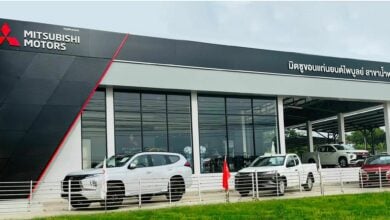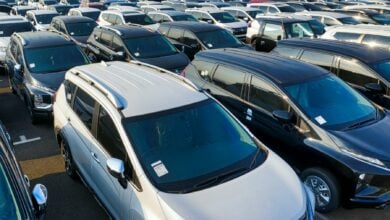Can mass-market electric vehicles turn a profit by 2025
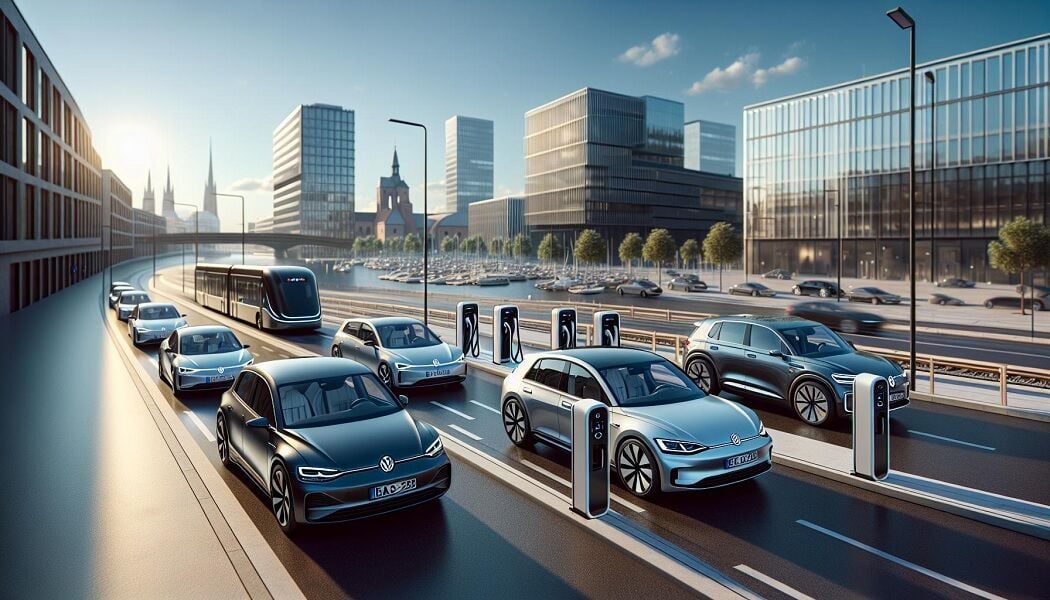
As the electric vehicle (EV) sector evolves, a pivotal question arises: Are mass-market electric cars financially viable? Recent studies illuminate this inquiry, indicating that the automotive manufacturing landscape is poised for a substantial shift. By 2025, decreased production and battery costs are expected to render smaller, more affordable EVs not only feasible but also profitable for European car manufacturers.
We’re at a super exciting turning point with the shift towards electric vehicles (EVs)! European car makers are getting creative and coming up with plans to tackle the new competition from Chinese brands entering the scene. They’re focusing on bringing out smaller, more affordable electric cars, which is fantastic because it could help more people get on board with EV technology. This move not only makes electric cars more accessible to everyone but also brightens the future of electric mobility.
The exploration into the profitability of mass-market electric vehicles is both appropriate and pertinent at this time. With major brands such as Volkswagen, Mercedes, and Audi escalating their endeavours, competition is intensifying in the quest to develop electric vehicles that appeal not only to environmentally conscious consumers but also serve as a feasible alternative to traditional internal combustion engine vehicles. This imminent phase in automotive manufacturing stands to profoundly transform our roadways and lessen our ecological footprint.
The current state of the electric vehicle market
Consumer preferences and product availability
The world of electric vehicles (EVs) is getting a pretty exciting makeover, and it’s all thanks to folks like us wanting our rides to be greener and kinder to the planet. People are starting to dig EVs because they’re cheaper to run and do a solid for the environment by cutting down on carbon emissions. This means more options for us and an easier time finding an electric ride that feels just right.
Over in places like Thailand, there’s a growing buzz around affordable EVs, thanks in part to better-charging networks and some sweet deals from the government. But let’s keep it real: even with all this enthusiasm, snagging yourself an electric car isn’t without its hiccups. Prices can be steep upfront, and some folks worry about where they’ll charge their shiny new wheels.
Car companies aren’t sitting back; they’re pouring cash into tech that makes EVs cheaper to make and teaming up with governments and private businesses to make sure you’re never far from a charging spot. It’s all hands on deck as we cruise towards an electrified future together.
The impact of regulatory tailwinds
Governments around the world are playing a big role in shaping the future of electric vehicles (EVs) with some supportive rules and perks. They’re putting out all sorts of goodies like money-saving deals for folks buying EVs, investing loads in building places to charge your car easily and setting tough rules on car pollution that encourage car makers to go green. These steps are super helpful because they get car companies excited about coming up with new ideas and make it more tempting for people like us to think about switching to an EV.
In places where caring for the environment is a big deal, these friendly policies help speed up how quickly people are hopping on the electric vehicle (EV) bandwagon. Take Thailand, for example – their government is all in with some pretty exciting plans to make electric vehicles more popular. They’re offering tax breaks for folks who buy EVs and are working hard to pop up more charging stations everywhere. This kind of support makes it easier for both car makers and us, the consumers, to get excited about electric cars. Thanks to this push, the car industry is going through some exciting changes, making electric cars a smart choice for more of us out there.
Challenges facing mass-market electric vehicles
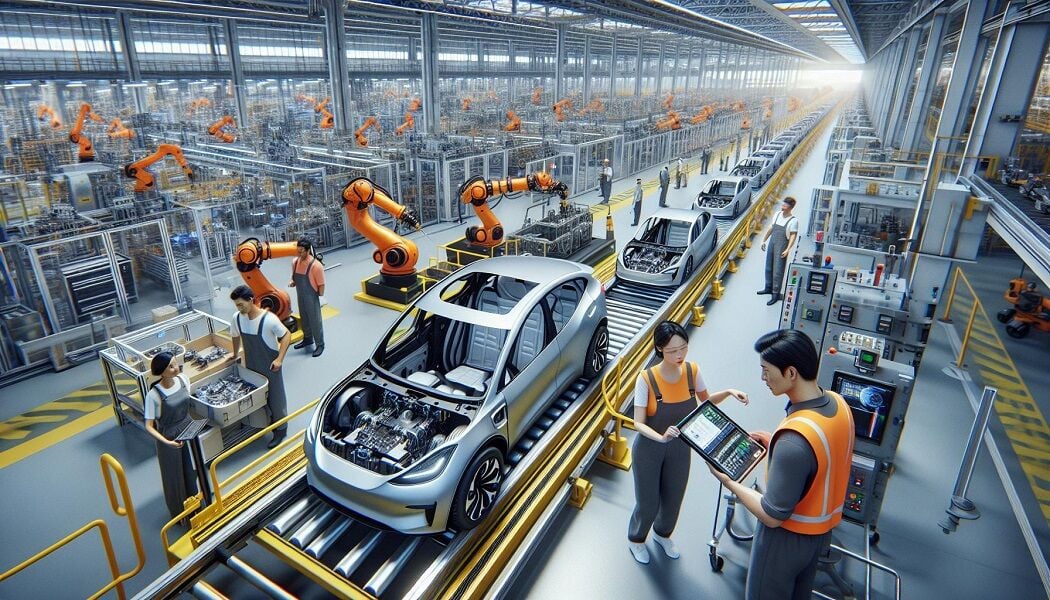
Design and production hurdles
Embarking on the adventure of bringing electric vehicles (EVs) to everyone is exciting, yet it comes with its fair share of challenges, right from the get-go. Crafting a car that not only catches the eye but also packs in all that cutting-edge EV tech needs a hefty chunk of change for research and development. For makers out there, it’s all about striking that perfect harmony between how well it drives, how far it goes on a single charge, and making sure it doesn’t break the bank. Getting this mix just right is key to getting everyone on board with EVs, even though it means navigating through some pretty tough technological hurdles.
Moreover, transitioning production lines from internal combustion engine vehicles to fully electric models necessitates significant retooling of existing factories. This process involves hefty upfront investments, which can deter manufacturers from swiftly adapting to EV production.
The economics of electric vehicles
Let’s chat about what makes electric vehicles (EVs) tick in the market, beyond just how much they cost to make. Sure, EVs can save us money on running costs in the long run, but that upfront price tag is still a bit of a tough pill to swallow for many. To get EVs out there for everyone, prices need to drop without putting too much pressure on those making them.
Now, let’s talk about production scale. If we can build more EVs at once, each one could cost less – making them a strong contender against traditional cars. But here’s the catch: ramping up production means big spending on new factories, tech advancements, and training our workforce.
Don’t forget about incentives! Things like government subsidies and tax breaks can make EVs way more appealing. Yet these goodies aren’t the same everywhere and might not stick around forever as a way to boost EV sales.
Infrastructure is another piece of the puzzle. The whole “Where do I charge my car?” question is super important. Without enough charging stations around – especially in places catching up with the EV trend – folks might hesitate to make the switch. Investing in more charging spots needs teamwork between governments and businesses.
Tackling these hurdles is key for making sure EVs don’t just survive but thrive in the mass market. It’s all about manufacturers, governments, and industry friends working together to smooth out these economic and production speed bumps so that driving an electric vehicle becomes a no-brainer for people everywhere.
Pathways to profitability for electric vehicles
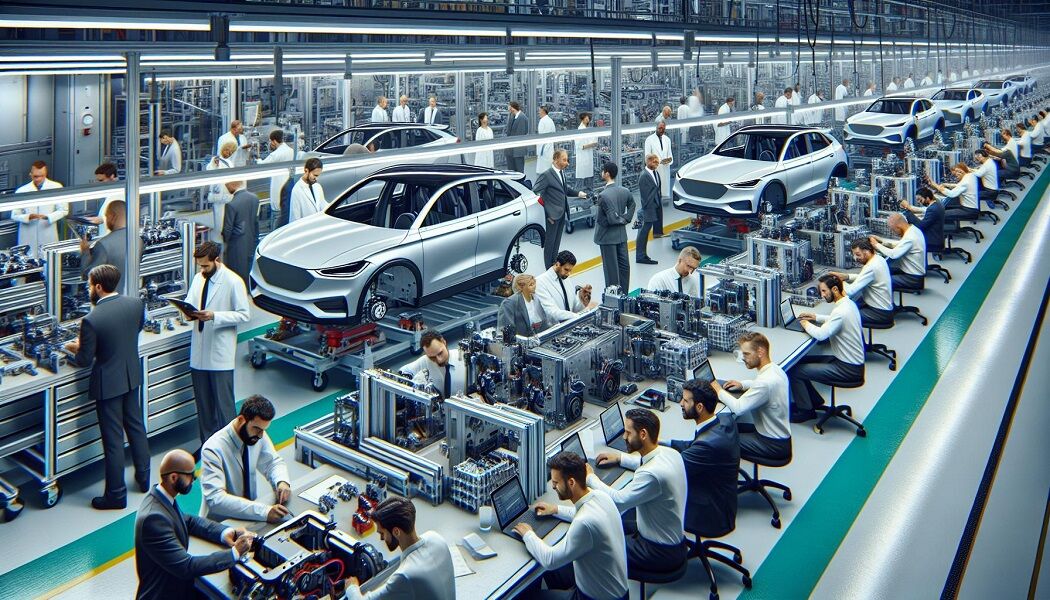
In a marketplace increasingly oriented towards sustainability, the financial viability of mass-market electric vehicles (EVs) presents a substantial challenge. However, opportunities are plentiful for entities willing to innovate and adapt. This section delineates key strategies designed to navigate manufacturers through the intricacies of the EV domain, guaranteeing a profitable and sustainable shift.
Optimising vehicle design and manufacturing
Optimizing how we design and make electric vehicles (EVs) is super important for keeping costs down and making them as efficient as possible. By embracing modular platforms in how these cars are put together, we can easily swap parts between different models, which helps in cutting down manufacturing costs.
For instance, the integration of battery systems and electric powertrains applicable to multiple vehicle types is instrumental in realizing economies of scale, an imperative factor for the proliferation of mass-market electric vehicles in Thailand and other emerging economies. Moreover, investment in lightweight materials like aluminium or advanced composites enhances vehicle range and performance, thereby increasing the attractiveness of EVs to a wider consumer base.
Innovative business models for EVs
The transition to electric vehicles opens the door for innovative business models that can create new revenue streams. Subscription-based models, for instance, offer customers access to an EV without the high upfront costs, including options for battery upgrades or replacements as technology advances. Additionally, leveraging vehicle-to-grid (V2G) technologies allows EVs to act as mobile energy storage units, potentially generating income for owners by feeding electricity back into the grid during peak times. Such models not only offer financial benefits to consumers but also support the integration of renewable energy sources, contributing to a more sustainable energy ecosystem.
The future economic landscape of electric vehicles
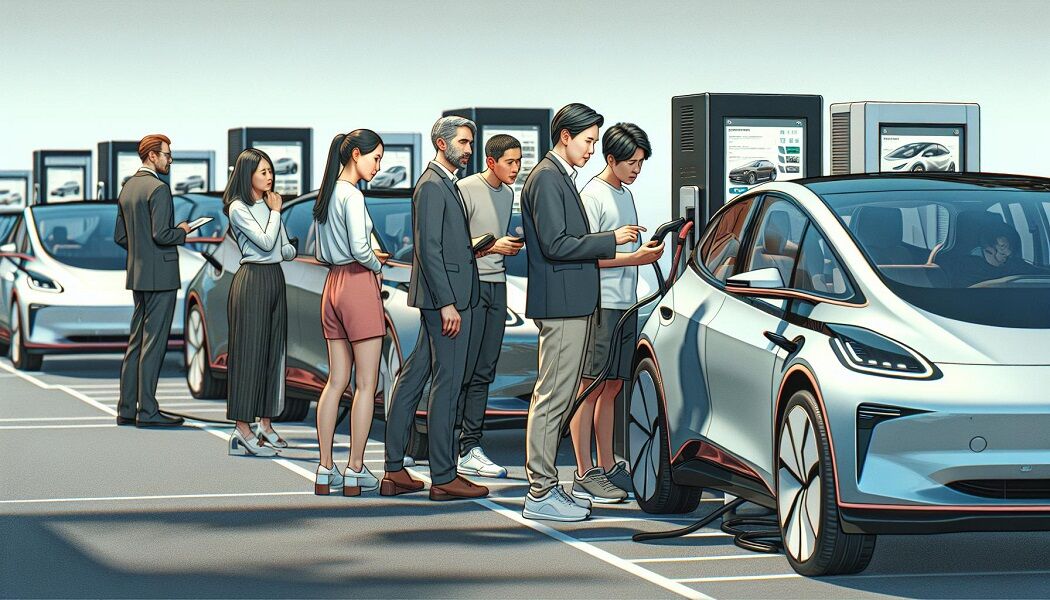
Cost parity and market adoption
Achieving cost parity between electric vehicles (EVs) and internal combustion engine vehicles is critical for the mass-market adoption of EVs. Statements from industry leaders suggest that reaching this parity is imminent, albeit with variable timelines across the globe. For mass-market electric vehicles, including those in potential high-growth markets like Thailand, affordability is paramount. Manufacturers focus on driving down costs through advancements in technology and economies of scale. Given that an MIT study identified range anxiety as a top concern, despite 87% of users being served well with below 100 miles of range per day, efficient battery technology becomes a keystone. As battery costs fall, spurred by innovation and larger production volumes, EVs draw closer to cost parity. Market adoption escalates as these vehicles become financially accessible to a broader demographic.
The role of partnerships and collaboration
To sustain the profitability and viability of mass-market EVs, partnerships and collaboration emerge as pivotal. OEMs (Original Equipment Manufacturers), governments, and the private sector are joining forces to address the ancillary challenges of electrification—from charging infrastructure to renewable energy sourcing. In markets such as Thailand, partnerships can significantly impact market readiness and consumer acceptance by integrating EVs into the national energy grid effectively and sustainably. Moreover, collaborations extend to R&D (Research and Development), aiming to push the boundaries of what’s currently achievable in battery technology and energy efficiency.
Considering Thailand’s evolving automotive landscape, hybrid vehicles emerge as a smart choice for the nation’s future mobility. They offer a practical bridge between traditional combustion engines and full electric vehicles (EVs), balancing efficiency with Thailand’s current infrastructure and paving the way for a greener future.




























